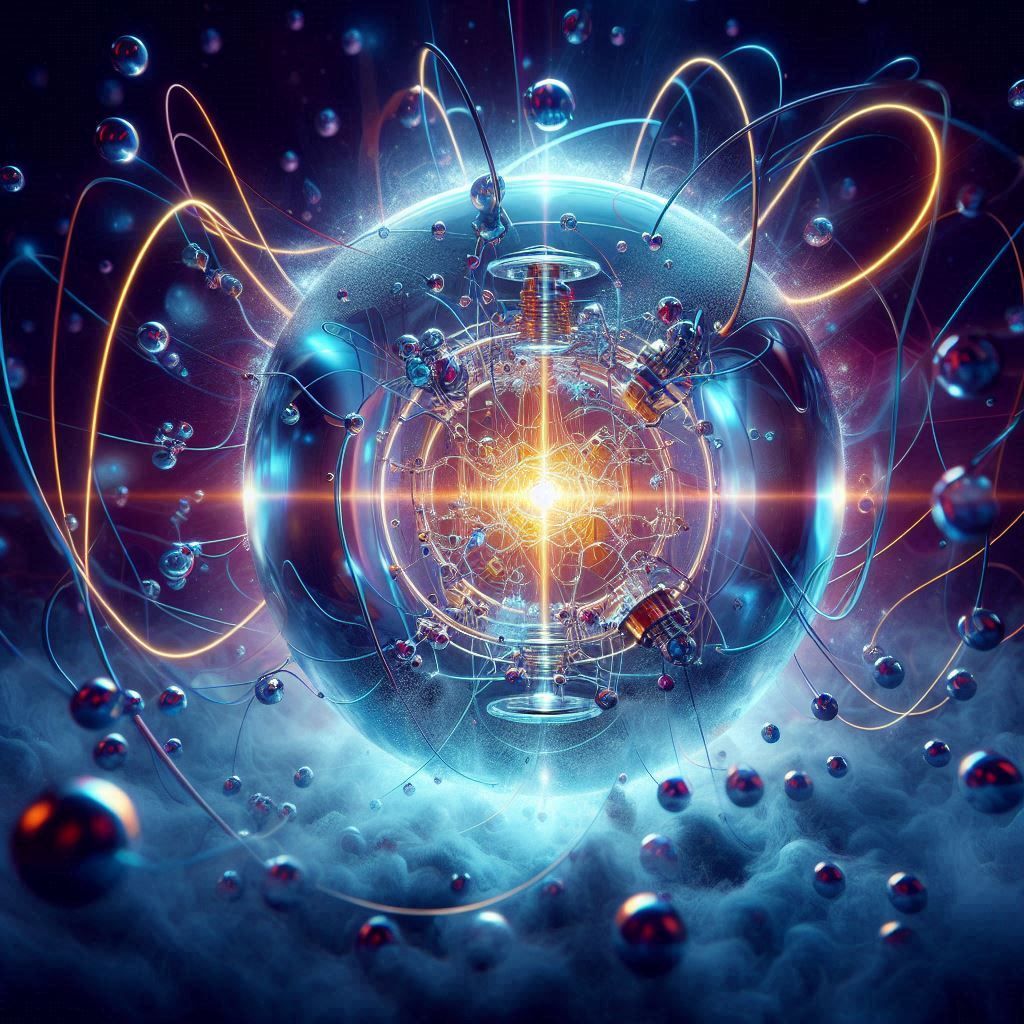What is the last thing you learned?
What did I learn last? That light has been transformed into a supersolid for the first time. That’s right—scientists have managed to make light behave like both a solid and a superfluid at the same time. If that sounds like something straight out of science fiction, I had the same reaction.
Physicists achieved this by trapping light inside an ultra-cold quantum gas of rubidium atoms, creating what’s known as a Bose-Einstein Condensate (BEC).

This is a state of matter where particles behave as a single quantum entity. By carefully engineering interactions between the photons and the atoms, they got light to form a supersolid—something that maintains a rigid structure like a solid but can also flow without resistance, like a superfluid. Imagine honey that holds its shape like a crystal but still moves effortlessly. That’s essentially what’s happening here.
This is a huge deal for a few reasons. First, it confirms that light can exist in a completely new state of matter, something never seen before. Second, it challenges our understanding of quantum physics—light has always been tricky to classify, flipping between acting like a wave and a particle, but now it’s breaking the rules in an entirely new way. And third, it could have incredible real-world applications. While we don’t yet know exactly where this discovery will lead, breakthroughs like this tend to pave the way for future technologies. Quantum computing, precision measurement, and next-generation optical devices could all be influenced by what scientists have just uncovered.
For now, it’s a fascinating glimpse into the strange and wonderful world of quantum mechanics. Every time I read about discoveries like this, I’m reminded of how much mystery still exists in the universe—and how exciting it is to keep learning.
